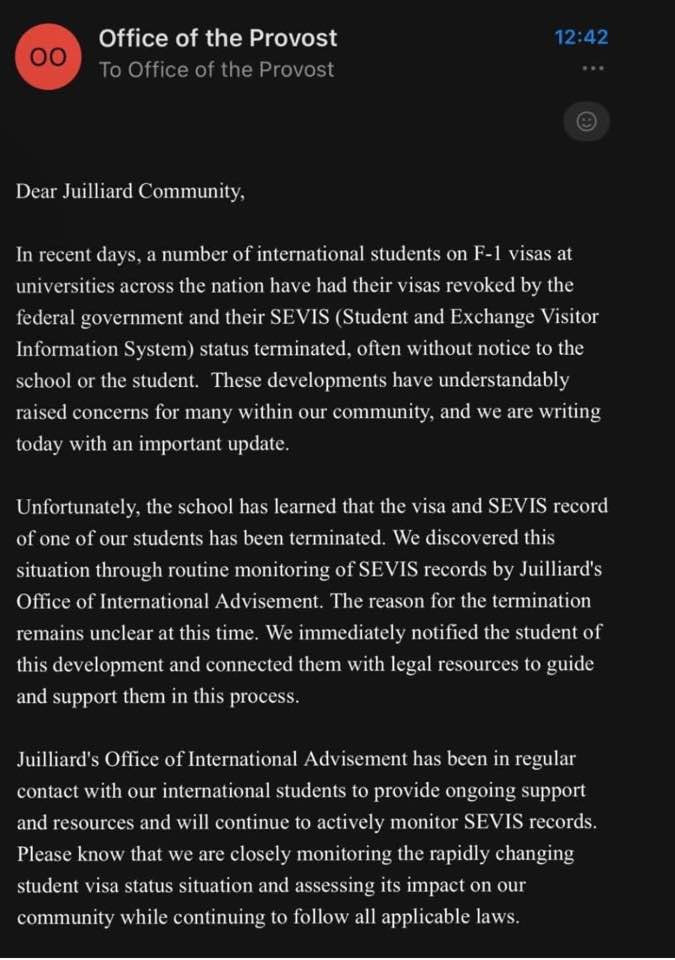Advice to travelling musicians from the ever-friendly TSA
mainThe flautist Jessica Schmitz, whose instrument was cruelly beheaded by over-zealous security agents at Chicago’s O’Hare airport, has engaged this past week in productive talks with the TSA in an effort to ease the situation.
Jessica tells Slipped Disc:
‘Over the past few days, a manager from the TSA and I have spent several hours discussing the recent flute experience at Chicago O’Hare International Airport. He was professional, calm, and respectful, and was fully equipped with both the logic and objectivity necessary to explore the common ground between our fields. I’m thrilled that, as a result, the Office of Public Affairs at #TSA is researching an official blog.’
A small step, perhaps, for suffering humankind. We will keep you posted.







Comments